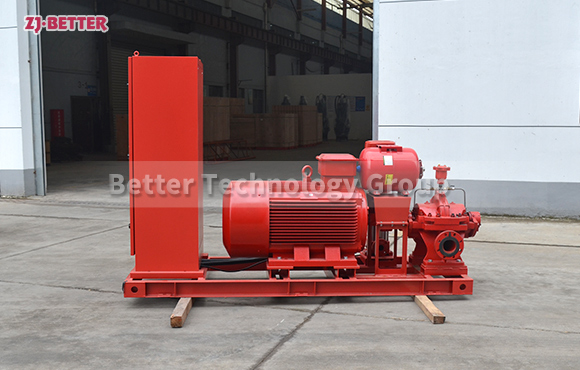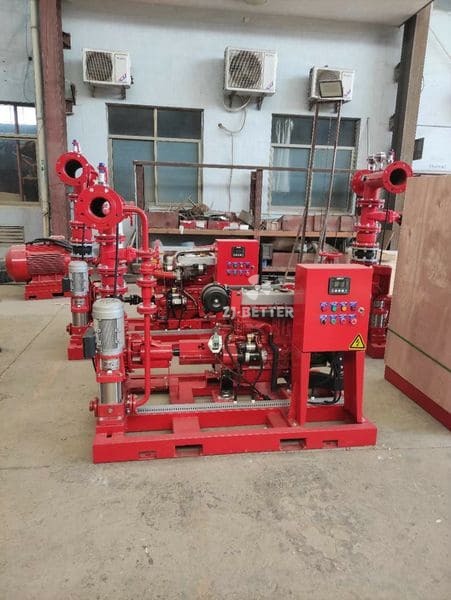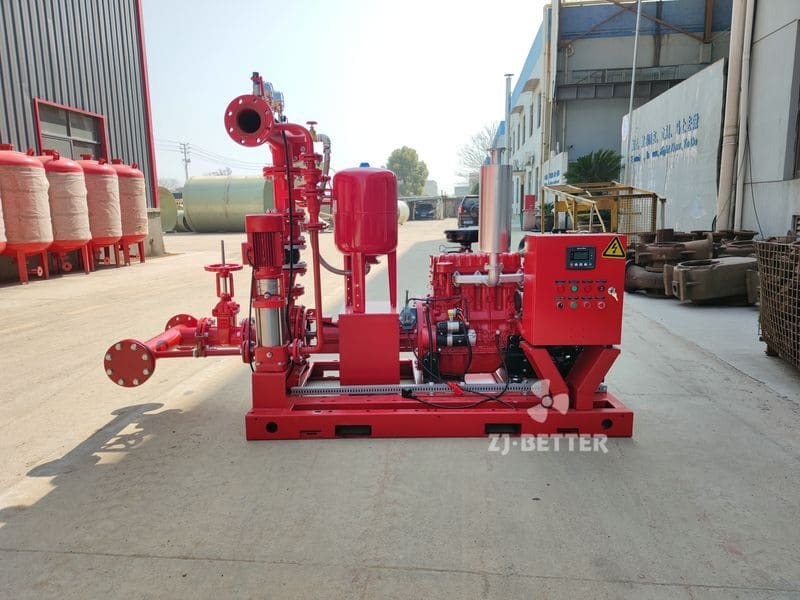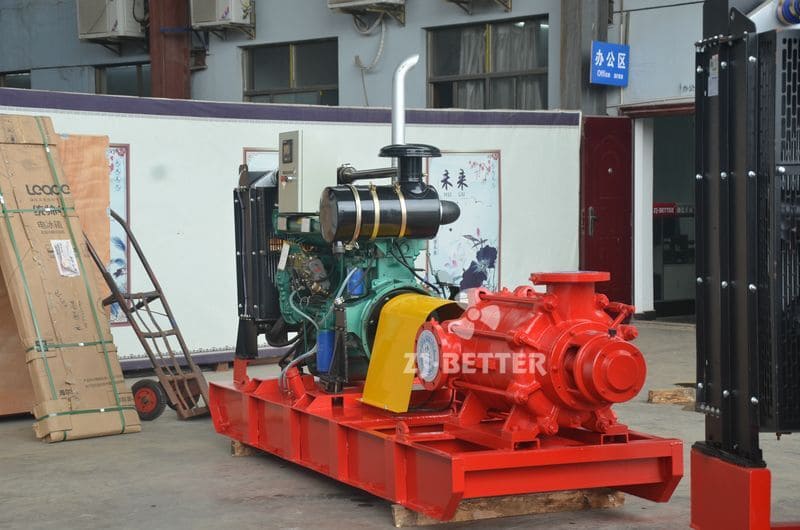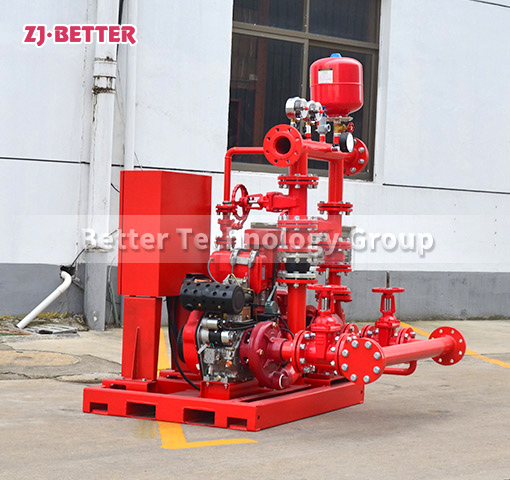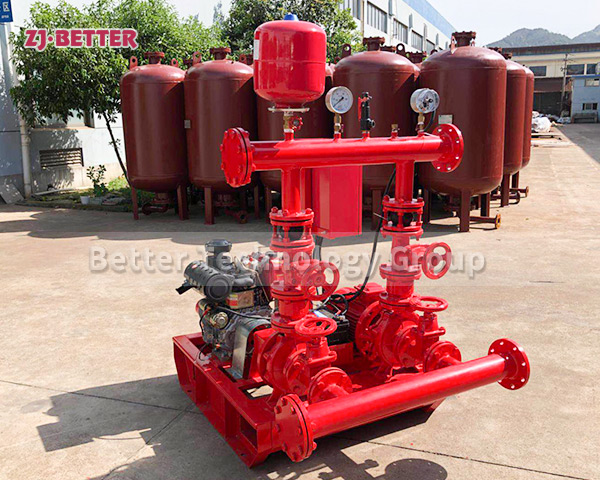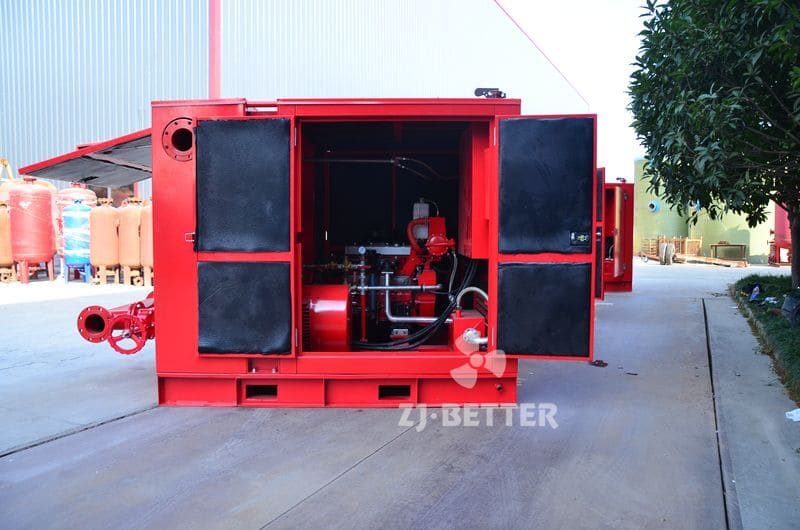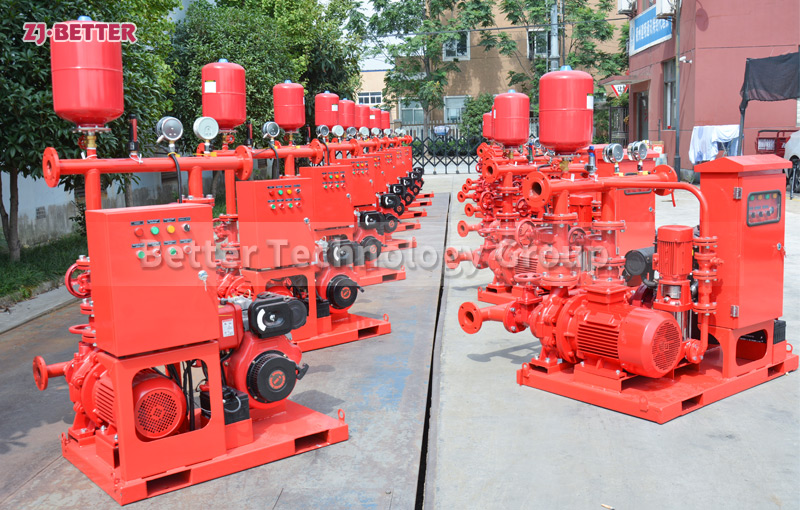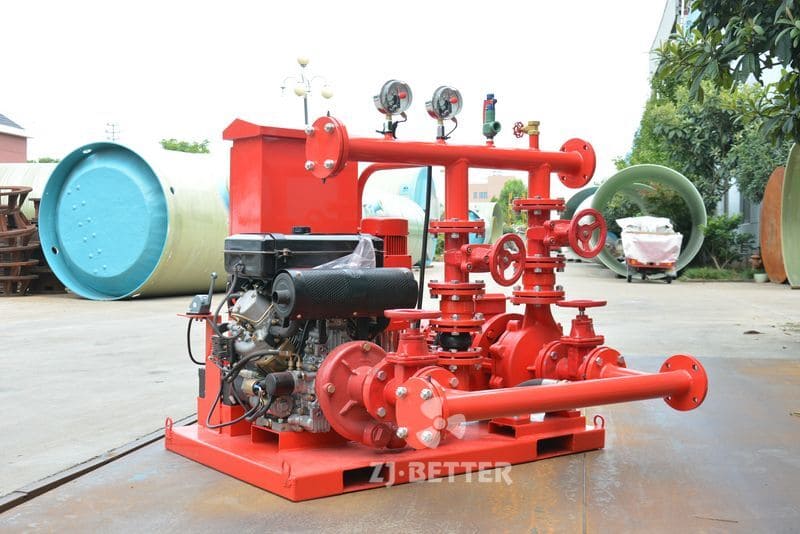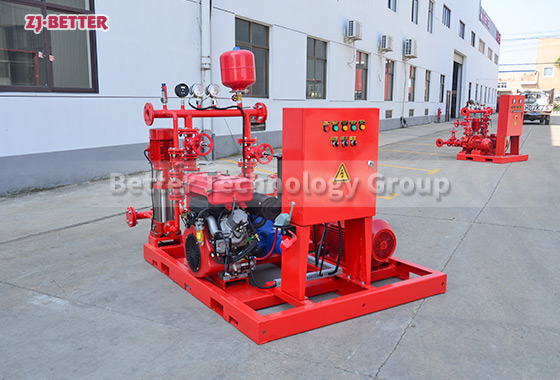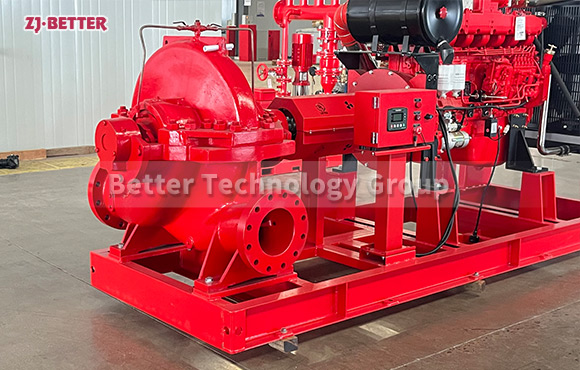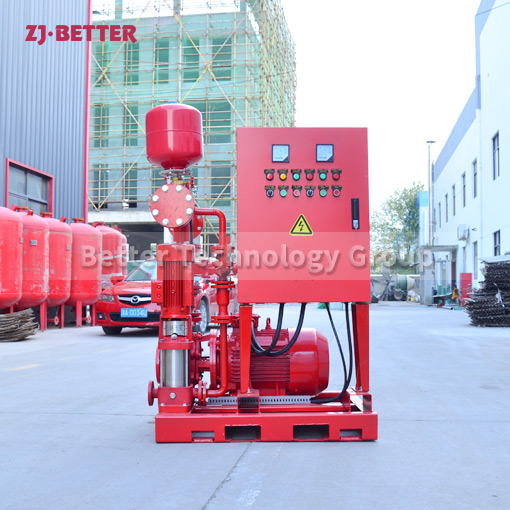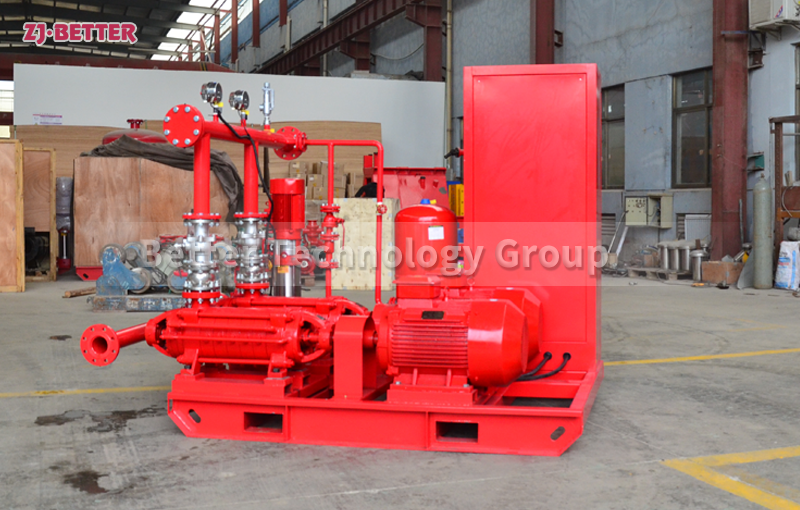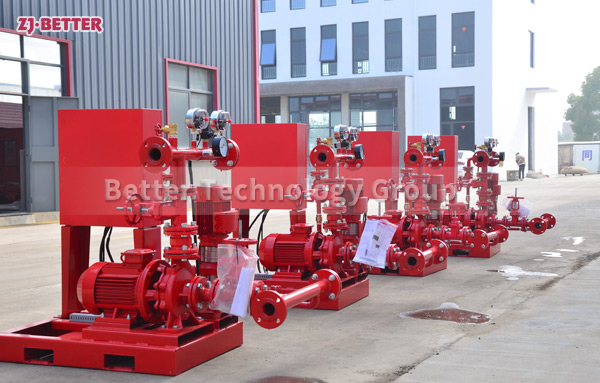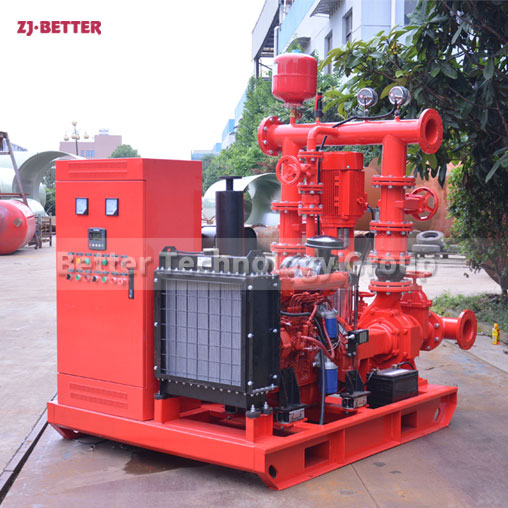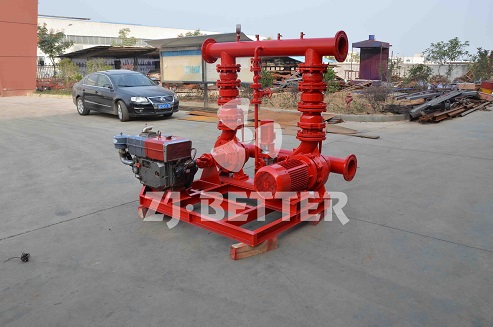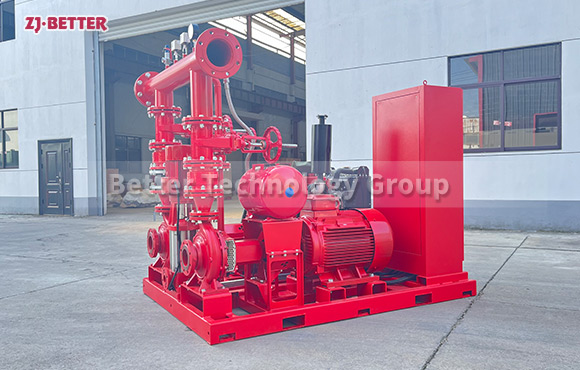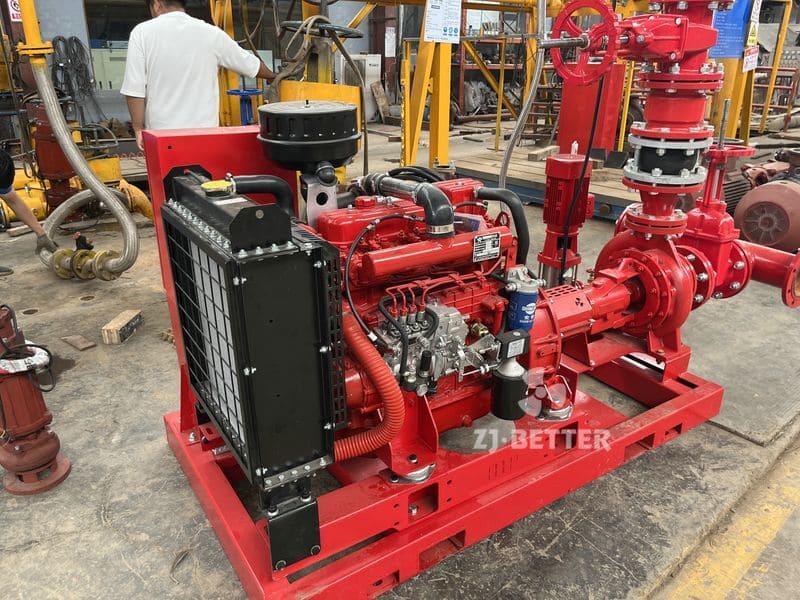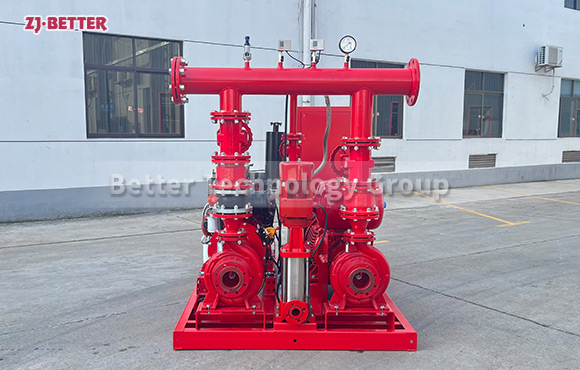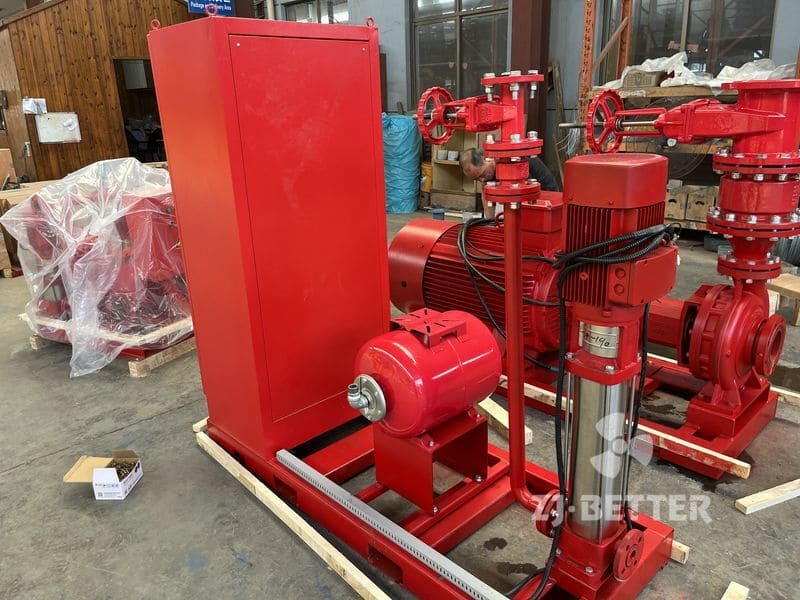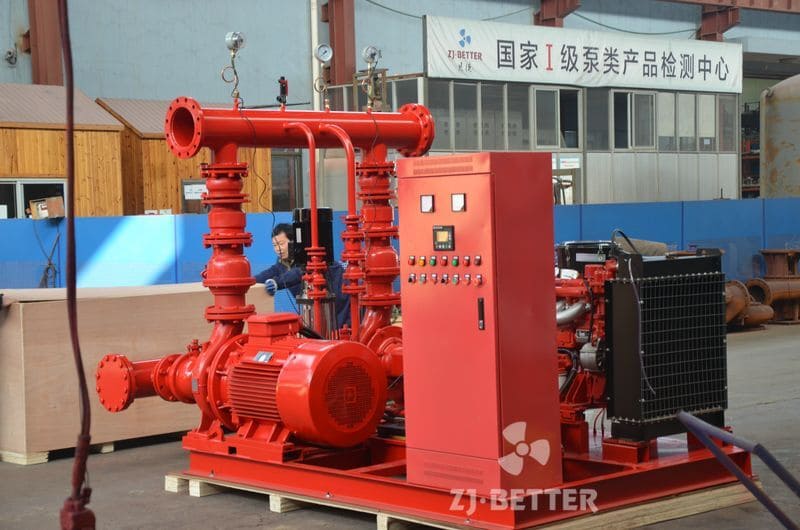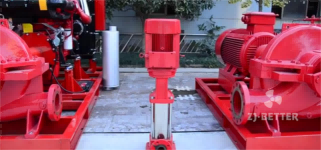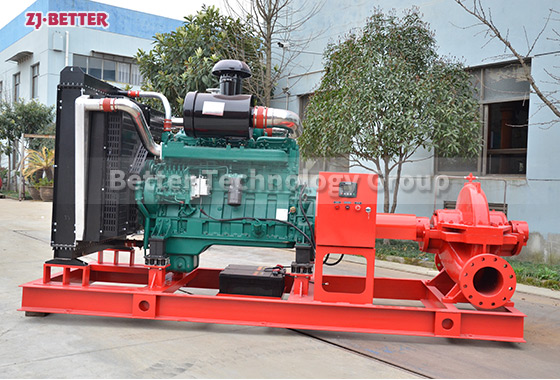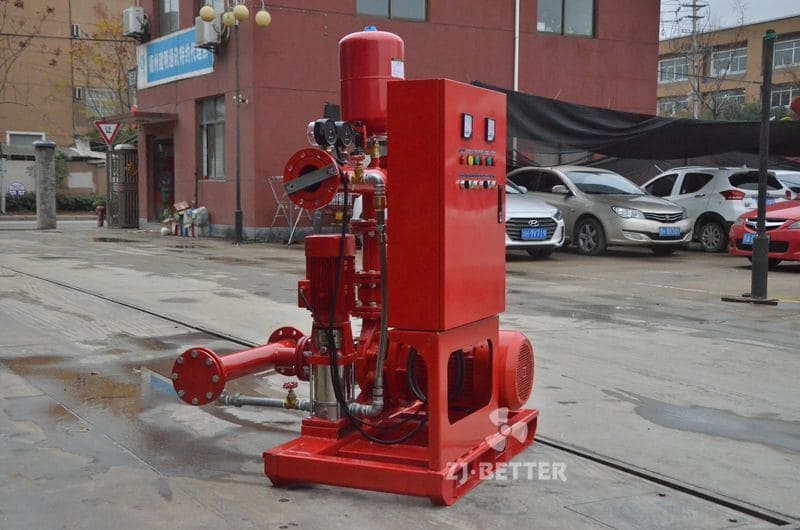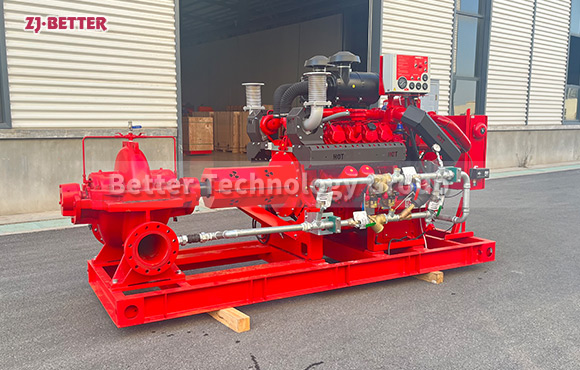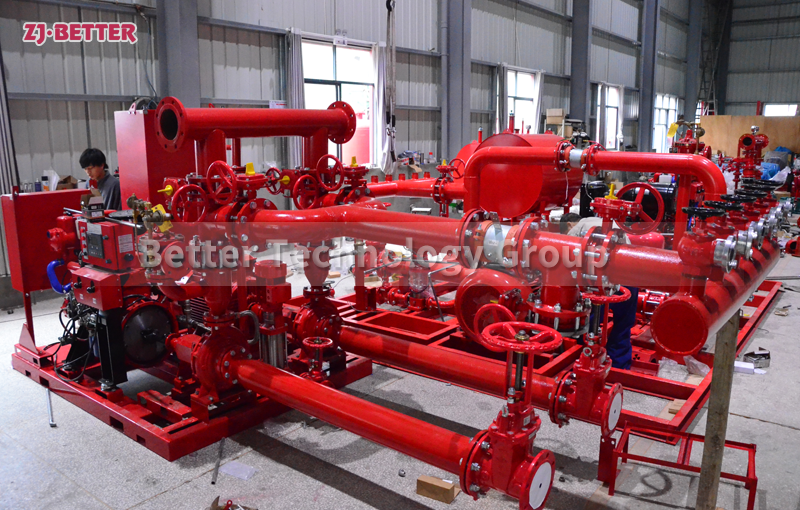Home » Fire Pump Set » What are the strategies for reducing the environmental impact of fire pump testing?
What are the strategies for reducing the environmental impact of fire pump testing?
Strategies include:
Water Recycling: Implement systems to recycle water used during pump testing, minimizing wastage.
Eco-Friendly Testing Methods: Use methods that reduce water consumption, such as flow meters that simulate flow conditions without discharging large volumes of water.
Regular Maintenance: Keep the pump in good working order to reduce the frequency and duration of testing needed.
Environmental Monitoring: Monitor and manage the environmental impact of testing activities, ensuring compliance with local environmental regulations and standards.
Contact US
Get Price
Share:
Content
Strategies include:
- Water Recycling: Implement systems to recycle water used during pump testing, minimizing wastage.
- Eco-Friendly Testing Methods: Use methods that reduce water consumption, such as flow meters that simulate flow conditions without discharging large volumes of water.
- Regular Maintenance: Keep the pump in good working order to reduce the frequency and duration of testing needed.
- Environmental Monitoring: Monitor and manage the environmental impact of testing activities, ensuring compliance with local environmental regulations and standards.
Inquiry
More Fire Pump Set

